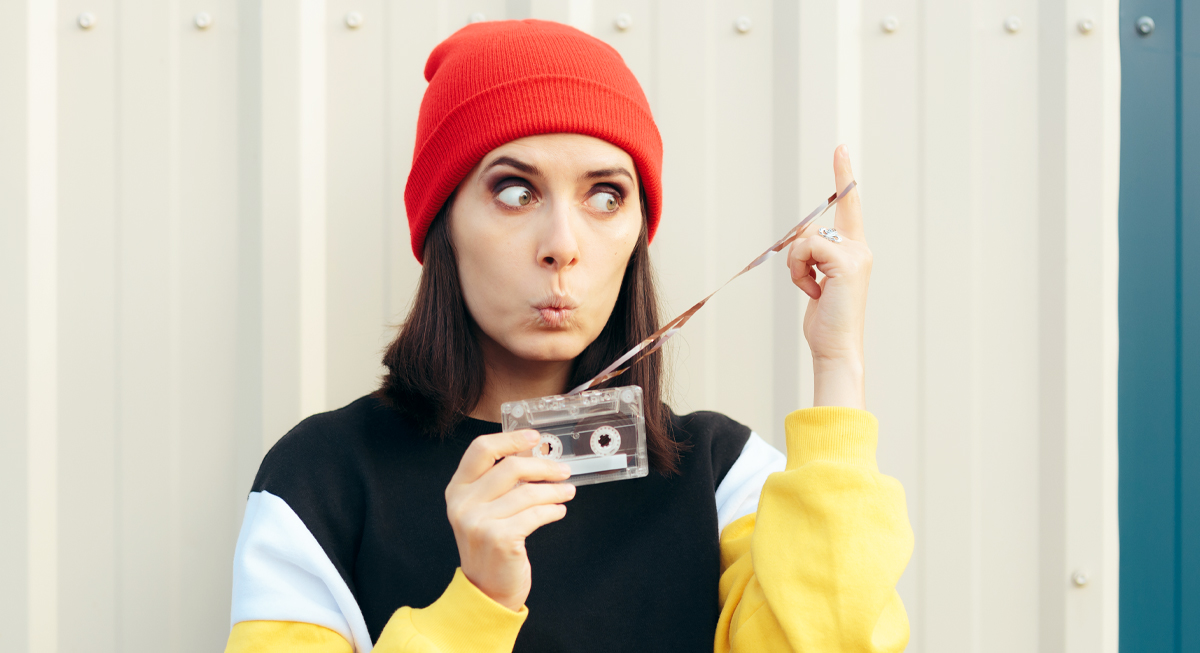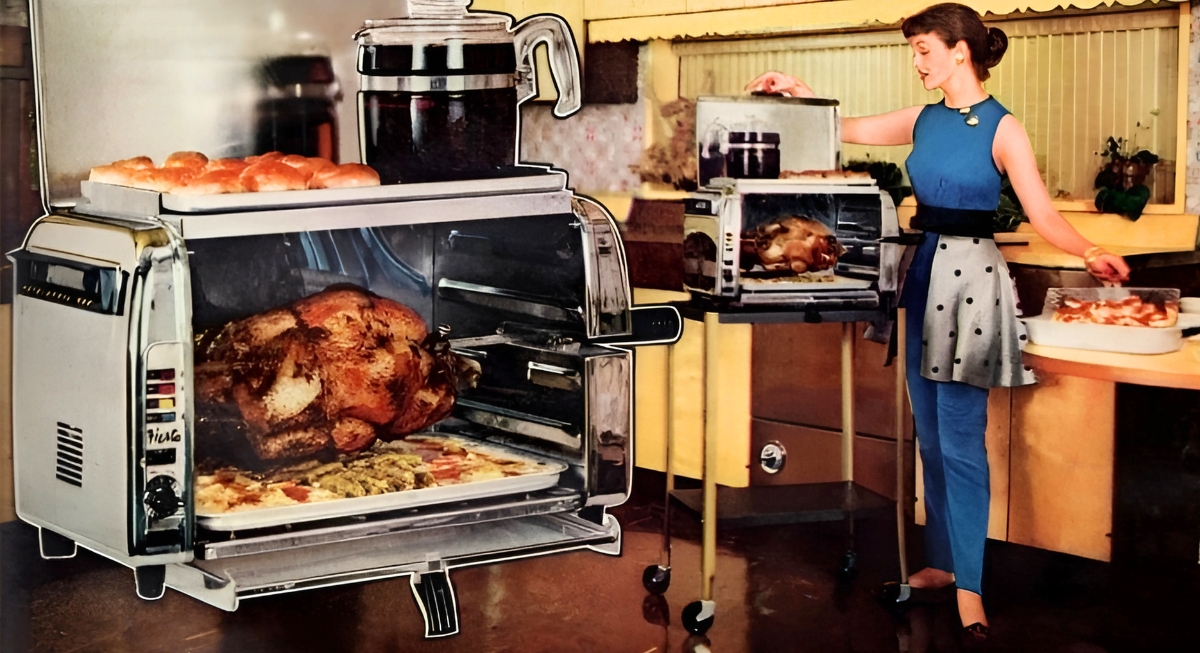Technology doesn’t just evolve—it replaces. What was groundbreaking a few decades ago can now feel ancient. For younger generations, these once-essential gadgets might as well be museum pieces. Let’s explore 15 technologies that once shaped lives but now leave modern minds scratching their heads.
Fax Machines
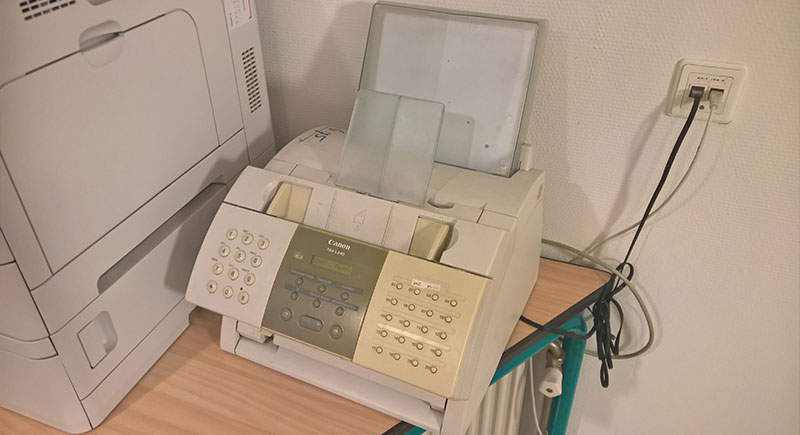
Credit: Wikimedia Commons
Before email streamlined the way we share information, fax machines were the go-to way for transmitting documents in offices around the world. You’d feed a paper into the machine, which would then scan it line by line, convert it into electrical signals, and transmit it through a phone line to another fax machine on the receiving end. The process was noisy and maddeningly slow by today’s standards.
Portable DVD Players
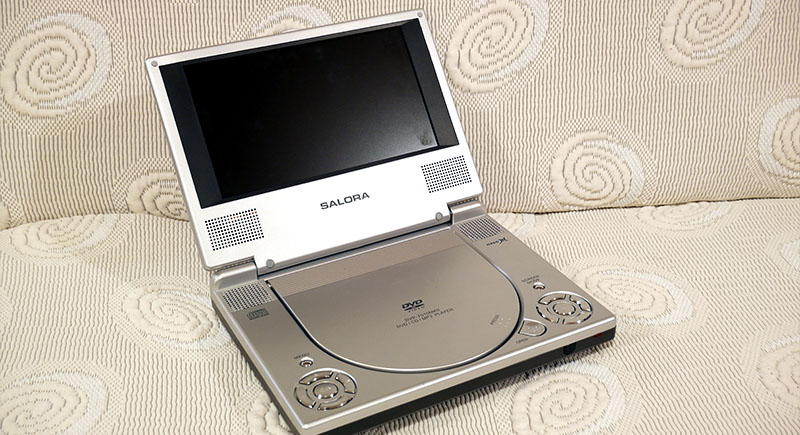
Credit: Wikimedia Commons
For a brief moment, portable DVD players were a game-changer. You could pop in a disc and watch a movie anywhere—on a road trip, during a flight, or even in the waiting room. But the need to carry around physical DVDs, plus the rise of smartphones and streaming platforms, quickly made them obsolete. Now, they’re gathering dust in attics worldwide.
Compact Cassette Tapes
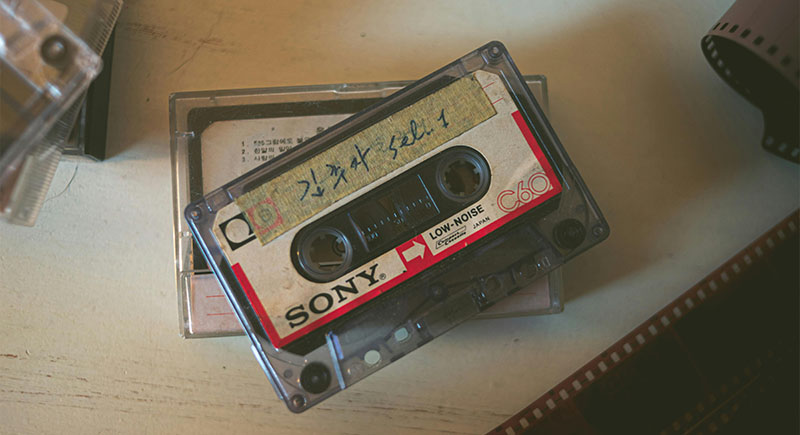
Credit: pexels
The compact cassette tape was a symbol of the times. Recording your favorite songs off the radio, making mixtapes for a crush, or flipping the tape to Side B—it was all an important part of the typical 80’s and 90’s childhood. Of course, cassettes had their downsides. The sound quality degraded over time, and untangling a cassette tape was practically a rite of passage.
Personal Digital Assistants (PDAs)
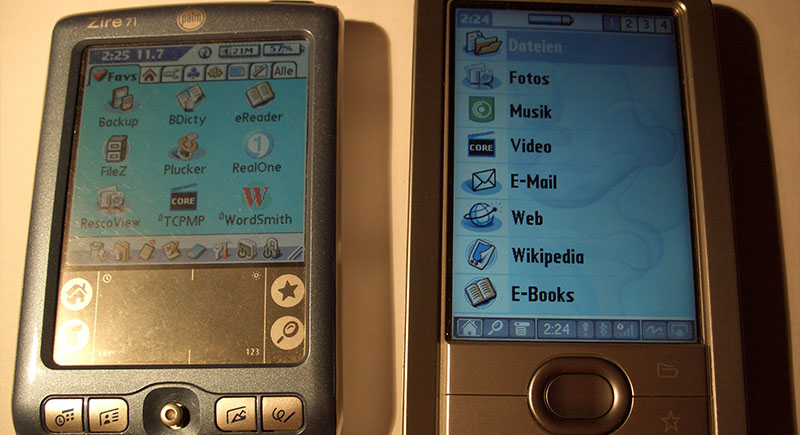
Credit: Wikimedia Commons
Similar to smartphones, PDAs like the PalmPilot were the ultimate organizers. They had styluses, touchscreens, and apps to track your schedule, contacts, and even notes. The only thing they couldn’t do was make calls or connect to the Internet. When smartphones entered the scene, the PDA didn’t stand a chance.
Digital Audio Tapes (DAT)
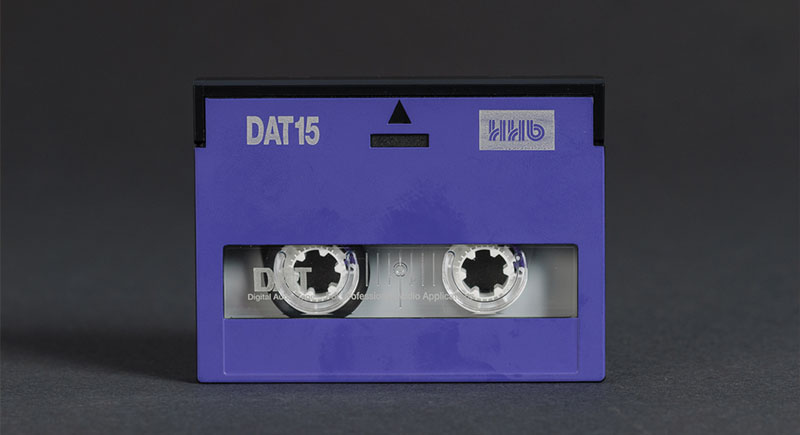
Credit: Wikimedia Commons
DATs were a technological marvel in their time. These devices had a pristine digital sound quality that far surpassed analog tapes. However, they came with a steep price tag and a learning curve, which limited their appeal to audio professionals rather than the average consumer. The format never gained mass popularity and was eventually overtaken by CDs, MP3s, and other more user-friendly options.
Video Home System (VHS)
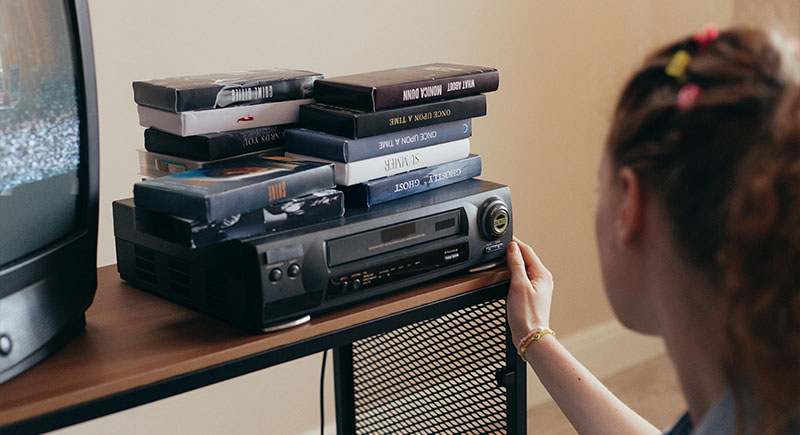
Credit: pexels
If you ever rented a movie in the ’90s, you’ve probably seen the phrase, “Be kind, rewind.” VHS tapes were chunky and prone to glitches, and rewinding felt like a chore. But there was nothing quite like popping a VHS tape into a VCR for movie night. These tapes brought Hollywood into homes and let people record TV shows or family moments with ease.
Floppy Disks
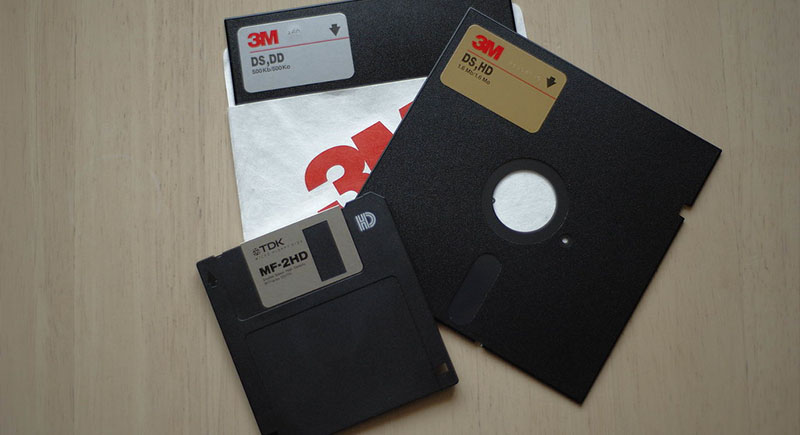
Credit: flickr
The floppy disk was once the backbone of file storage and transfer and held everything from school papers to business data. It came in two sizes: the larger, flimsy 5.25-inch disks and the smaller, sturdier 3.5-inch versions. Their storage capacity, though groundbreaking at the time, was laughably small—barely enough to hold a single high-resolution photo by today’s standards.
Pagers and Beepers
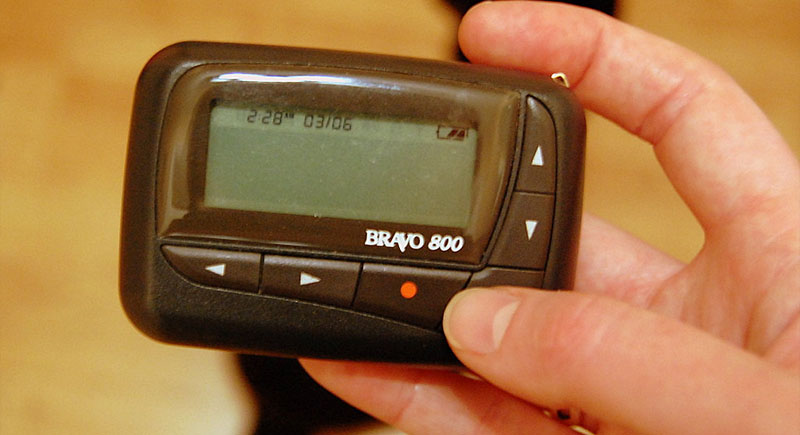
Credit: flickr
If you were important—or at least wanted to seem that way—you had a pager clipped to your belt in the ’80s and ’90s. Pagers would beep or vibrate, displaying a number for you to call back. The device was a lifeline for doctors, emergency workers, and, strangely, teenagers in certain social circles.
Wired Landlines
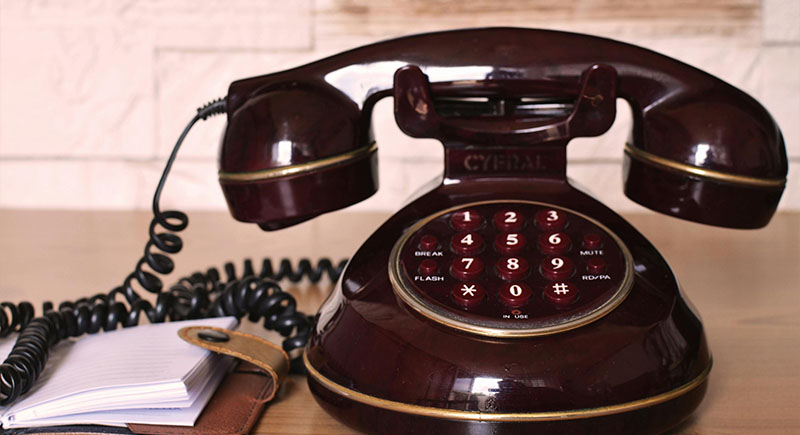
Credit: pexels
The sound of a landline phone ringing is a forgotten core memory in itself for many 80’s and 90’s kids. These devices were present in every family, where everyone shared one number—and one phone. You had to endure the horror of someone eavesdropping on the other line or the frustration of a sibling hogging the line for hours.
Slide Projectors
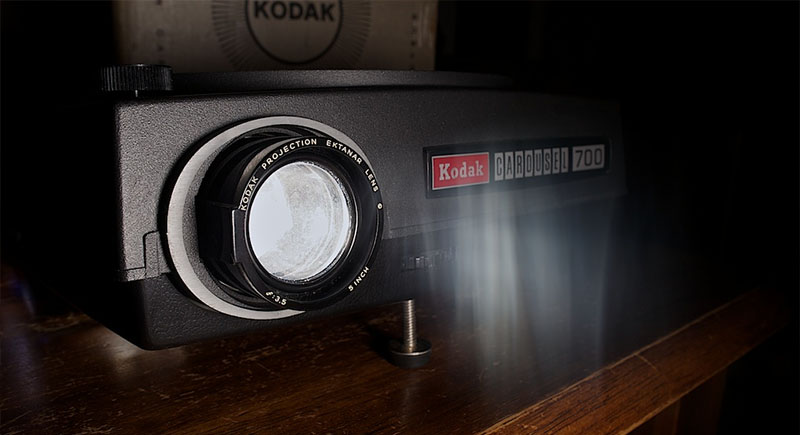
Credit: flickr
Slide projectors were important for displaying everything from family photo nights to awkward corporate presentations. Loading those little slides into the carousel and hearing the ka-chunk as each one clicked into place was oddly satisfying. But they were bulky, temperamental, and required an audience with endless patience. PowerPoint quickly killed them off.
Analog and Dial-Up Modems
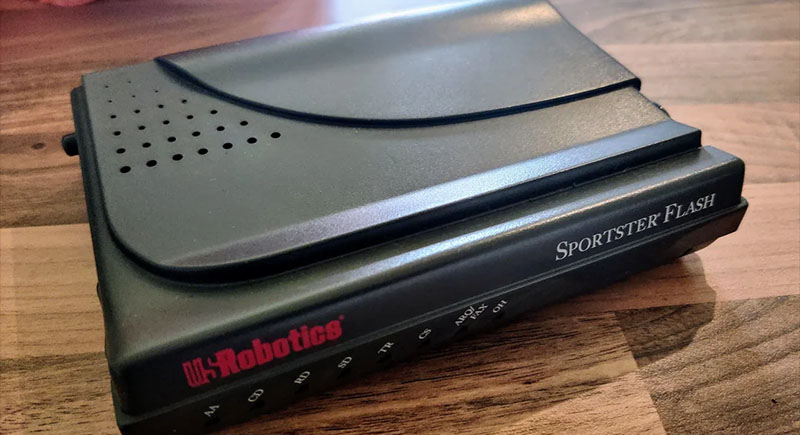
Credit: Reddit
Broadband has turned the internet into a lightning-fast, always-on resource utility, but before it did, we had dial-up. And that sound—part robot scream, part alien language—signaled you were connecting to the World Wide Web. Of course, it also meant no one in the house could use the phone until you were done browsing.
MP3 Players
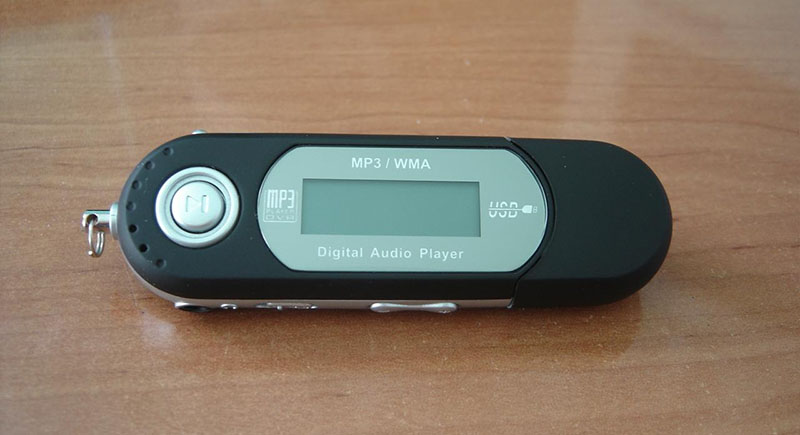
Credit: Wikimedia Commons
MP3 players like the iPod changed how we consumed music. They were sleek, portable, and could store thousands of songs—an unbelievable feat at the time. They also came in tens of fun designs like the classic Coca-Cola MP3 that everyone in the early 2010s used to carry around in school.
Public Telephone Booths
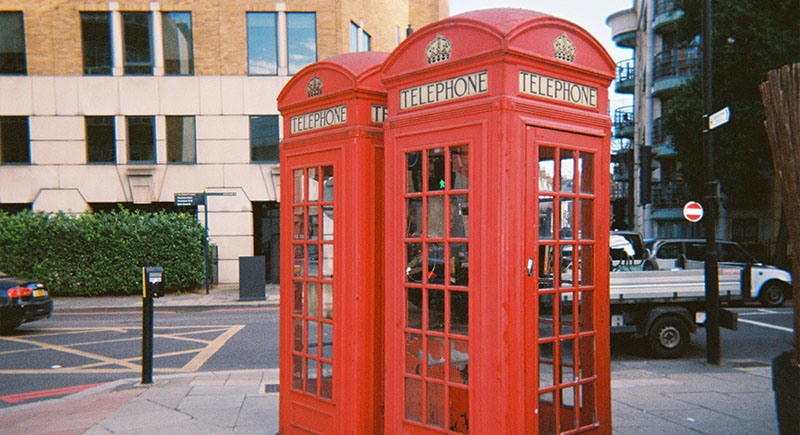
Credit: pexels
Once a lifeline for travelers, public telephone booths were situated all across city streets, airports, and train stations. People could drop in a coin, dial your number, and hope the line wasn’t busy. You’ll find these referenced in countless movies as perfect hiding spots, and, of course, Superman’s changing rooms.
Film Cameras
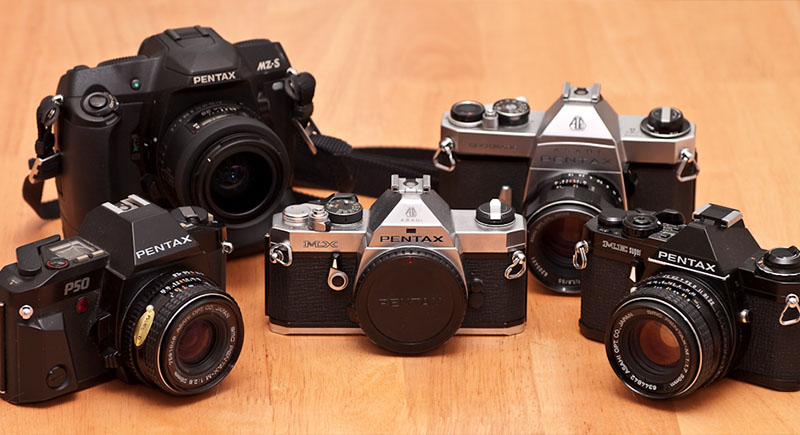
Credit: Wikimedia Commons
The magic of film cameras was in the suspense. You’d snap a photo, but you wouldn’t know if it turned out well until the film was developed. Did someone blink? Was it in focus? Too bad, you’d find out later. While film photography still has its fans, the younger crowd can’t fathom waiting days to see a picture—or carrying rolls of film in their bag.
Calculators
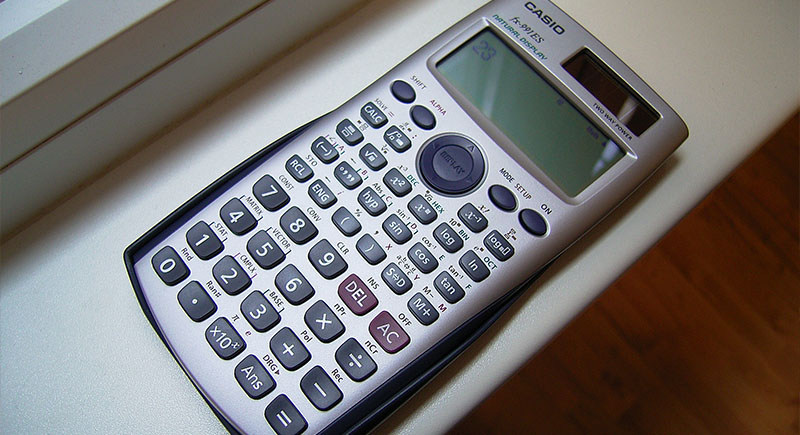
Credit: Wikimedia Commons
The decline of the calculator has been gradual but inevitable. They were essential for students, accountants, and engineers and came in pocket sizes or clunky desktop models, but their purpose was singular: math. As people turned to smartphones for quick calculations, these devices fell obsolete.

